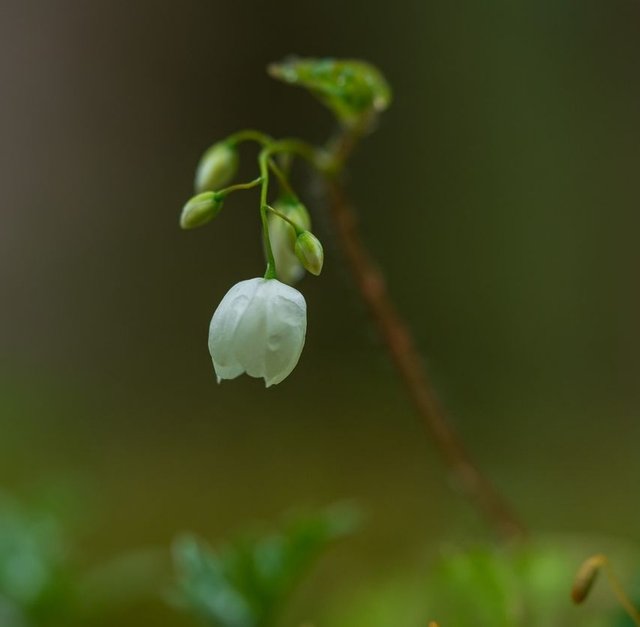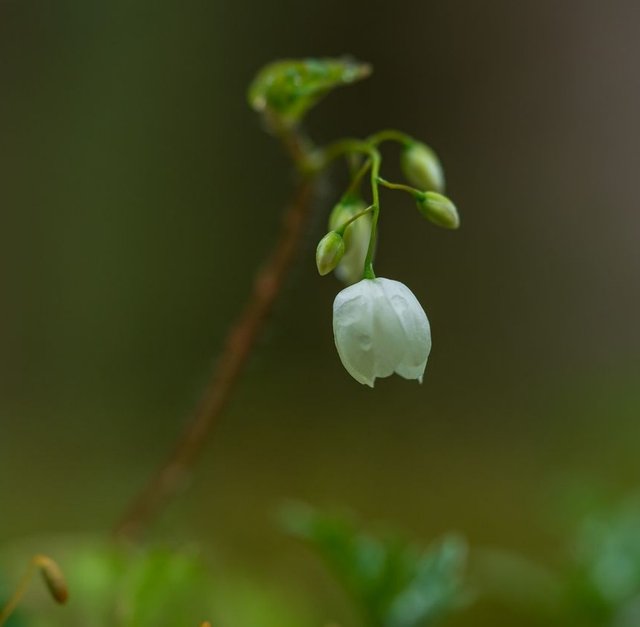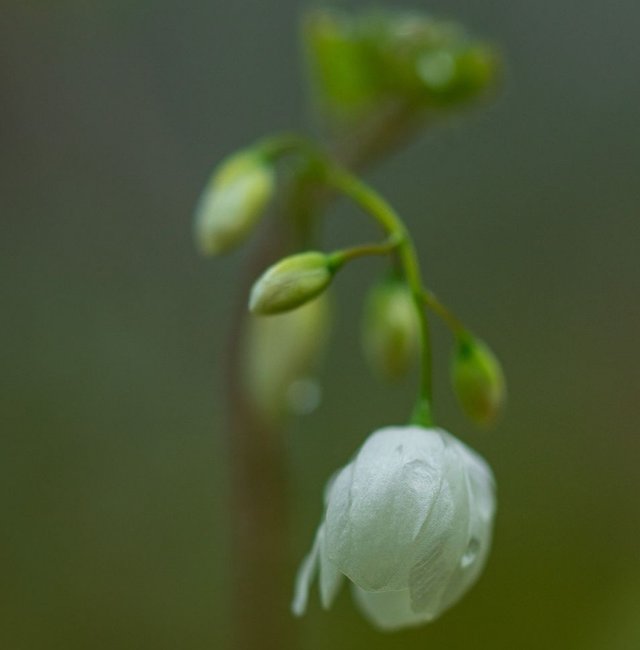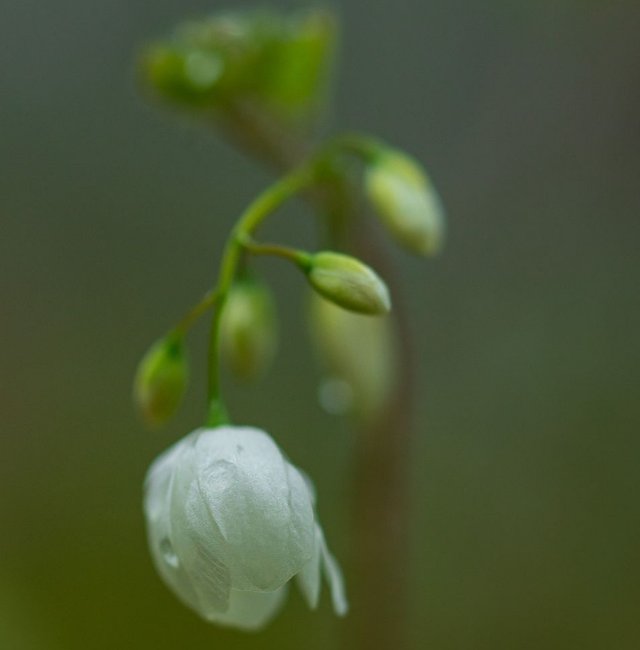Lily of the Valley So Beautiful
Lily of the Valley: The Enigmatic and Delicate Spring Bloom
Lily of the valley is a perennial plant known for its dainty, bell-shaped white flowers and sweet fragrance. This enchanting bloom has captivated gardeners, florists, and poets for centuries. Native to temperate regions of the Northern Hemisphere, it flourishes in Europe, Asia, and North America, heralding the arrival of spring with its elegant appearance and delightful scent.
Botanical Characteristics
Lily of the valley belongs to the Asparagaceae family and is characterized by its unique growth pattern. The plant's delicate, arching stems rise from underground rhizomes, bearing two to three broad, lance-shaped leaves. Each stem culminates in a raceme, a cluster of small, pendulous flowers that resemble tiny bells. The blooms, typically white, occasionally exhibit pink hues. The flowers bloom in late spring, filling the air with their distinctive, sweet aroma.
One of the plant's most intriguing features is its red, berry-like fruit that appears after the flowering season. While the berries add a splash of color to the plant's appearance, they, along with the rest of the plant, are highly toxic if ingested. This toxicity underscores the plant's dual nature: while visually and olfactorily appealing, it demands respect and caution.
Historical and Cultural Significance
Lily of the valley holds a prominent place in various cultural and historical contexts. In Christian tradition, it is often associated with the Virgin Mary and is referred to as "Our Lady's Tears." According to legend, the flowers sprang from the ground where Mary's tears fell during the crucifixion of Jesus. This symbolism extends to its use in religious ceremonies and iconography.
In European folklore, lily of the valley is considered a symbol of purity, humility, and renewed happiness. The flower is also deeply rooted in French culture, where it is celebrated on May 1st, known as La Fête du Muguet. On this day, people exchange bouquets of lily of the valley as a gesture of good luck and well-being. This tradition dates back to the Renaissance, when King Charles IX of France received a sprig of the flower as a lucky charm and decided to share the gesture with the ladies of his court.
Horticultural Care and Uses
Despite its delicate appearance, lily of the valley is a hardy plant that can thrive in a variety of conditions. It prefers partial to full shade and well-drained, humus-rich soil. Gardeners often use it as ground cover in shaded areas, as its dense, spreading growth habit can effectively suppress weeds.
When planting lily of the valley, it's important to consider its invasive nature. The plant can spread rapidly through its rhizomes, sometimes overtaking garden spaces if not properly managed. To control its spread, gardeners can use barriers or plant it in contained areas.




Thanks For Reading
Device Information
| Device | Redmi Note 10 Pro |
|---|---|
| Lens | 64 mp |
| Location | Bangladesh |
